BY MACKENZIE LORKIS
Kyoto is known around Japan, and around the world, for having some of the oldest and most beautiful shrines and temples in the country. While I didn’t keep track of all the temples and shrines I went to in Kyoto alone, it undoubtedly is around twenty or thirty at least. Even though they’re all beautiful in their own way, these are my four favorite shrines and temples in Kyoto:
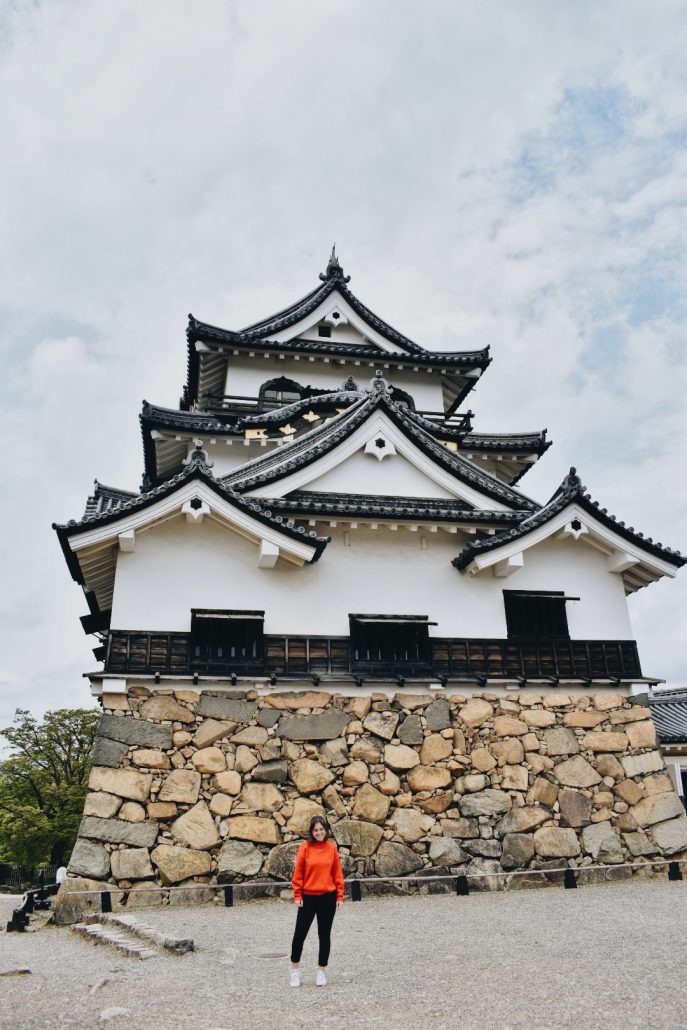
Otagi Nenbetsu
Otagi Nenbetsu, near Arashiyama, is one of the most unique temples I’ve seen in Japan. As soon as you walk in, you can see dozens of adorable Jizu Buddhas everywhere you look. But when you look closer, these aren’t any normal Jizu Buddhas! Many of the adorable statues were added to the temple in the late 1980s and 90s, so a few have some funny modern twists. For example, there are Buddhas with tennis racquets, holding up peace signs, and wearing sunglasses. What I loved about this temple is that it reminded me that religion is very much alive, and not all temples are as ancient as they may seem.
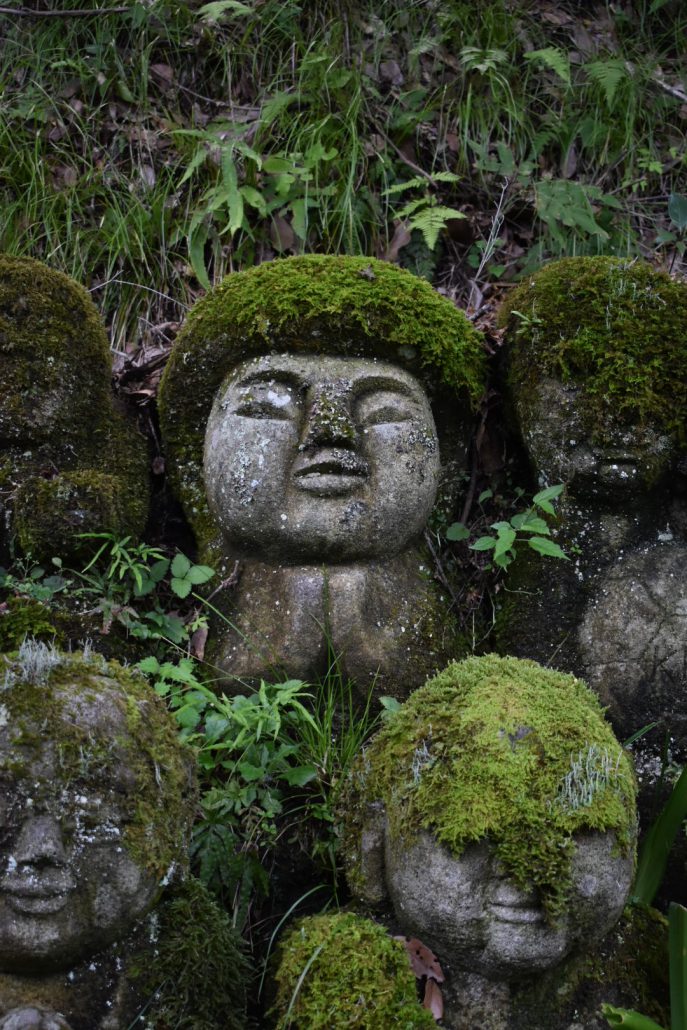
Ninnen-ji
While this temple may not be on the top of any tourist list, that is exactly why I love it so much. Visitors get the chance to look at the gorgeous screen art up close, and walk around the grounds much more freely than any other temples I’ve been to. Aside from the multiple gardens inside, the temple is on a large property with other beautiful buildings that visitors can look at for free. While I didn’t get to see it, they have late blooming sakura that make it an excellent temple to visit late into the season (around late April).
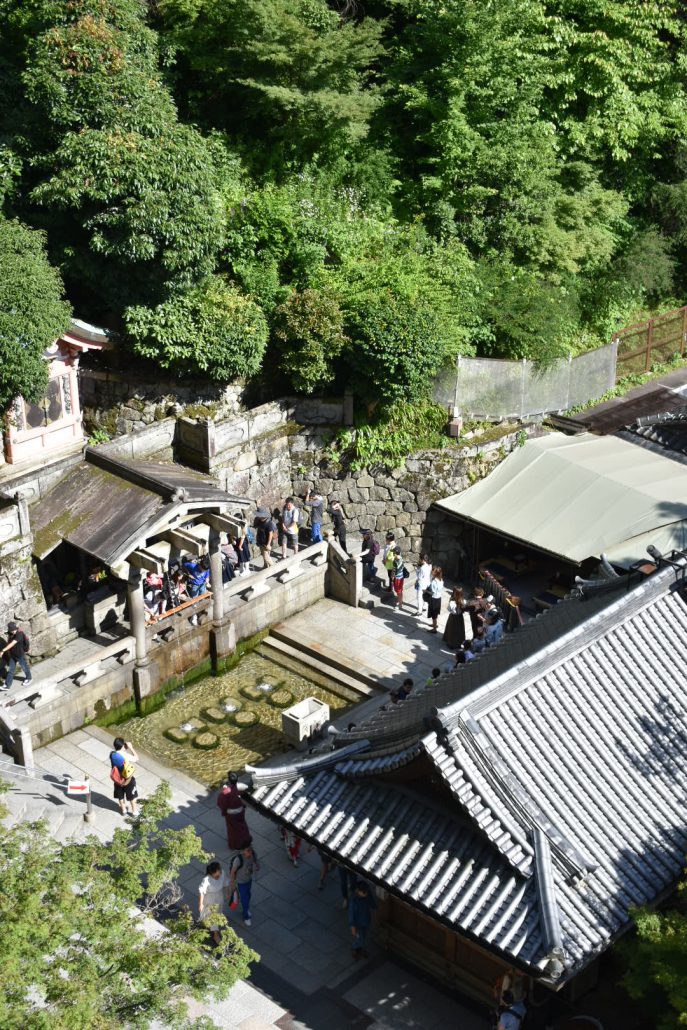
Genko-an
While certainly out of the way (and up a steep hill), Genko-an is certainly worth a visit. In the main hall, there are two large windows: a circle and a square. The square window represents confusion, while the round window represents enlightenment. The view from both these windows are different. However, the window isn’t the only thing that makes Genko–an unique. The ceiling of the main building is made out of recycled wood from Fushimi Castle, which was attacked hundreds of years ago. If you look hard enough, you can still see bloody hand and footprints on the ceiling. While this does lend a somewhat creepy atmosphere to the temple, using the battle-stained floorboards was intended to soothe the souls of the departed warriors and allow them an eternity of rest.
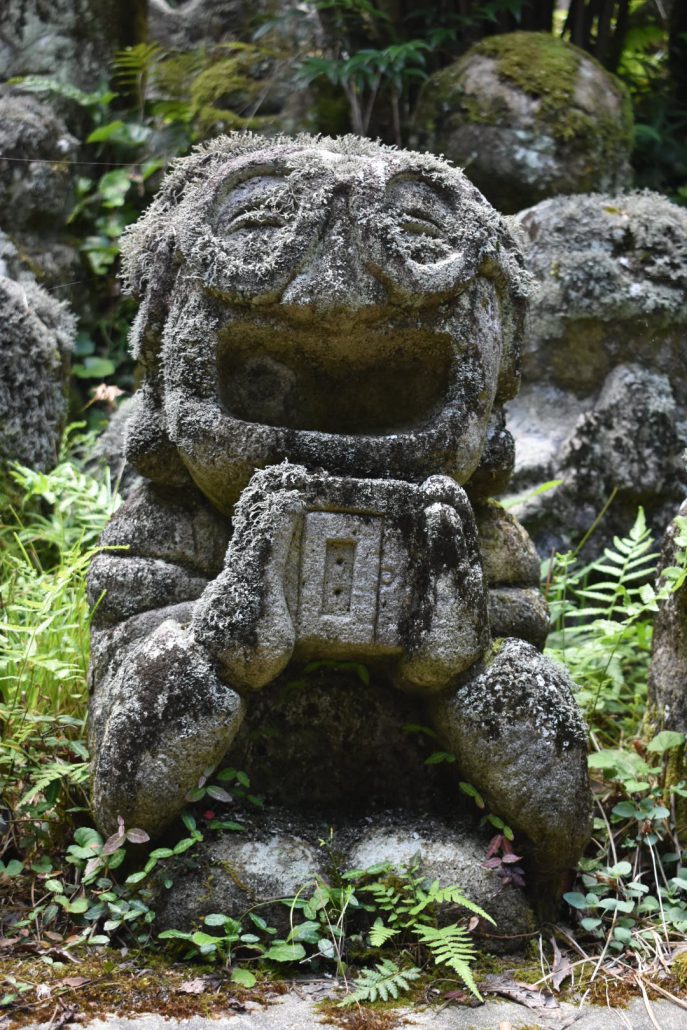
Kiyomizu-dera
I waited several months into my stay in Japan to finally make it to Kiyomizu-dera because I was worried about the crowds. However, once I realized that there will literally never be a time that Kiyomizu-dera isn’t crowded, I just went for it. It was totally worth it. The way up to the temple is long, but it’s lined with adorable and scenic omiyage and snack shops. Everywhere you look are visitors sporting beautiful kimono and taking in the atmosphere. Once you finally reach the temple, the uphill climb is made completely worth it because the mountain view is incredible. The temple complex itself is large, with some interactive aspects like drinking from the fountain water and practicing a Japanese superstition. The atmosphere, size, and all around fun that can be had at Kiyomizu-dera make facing the crowds almost unnoticeable
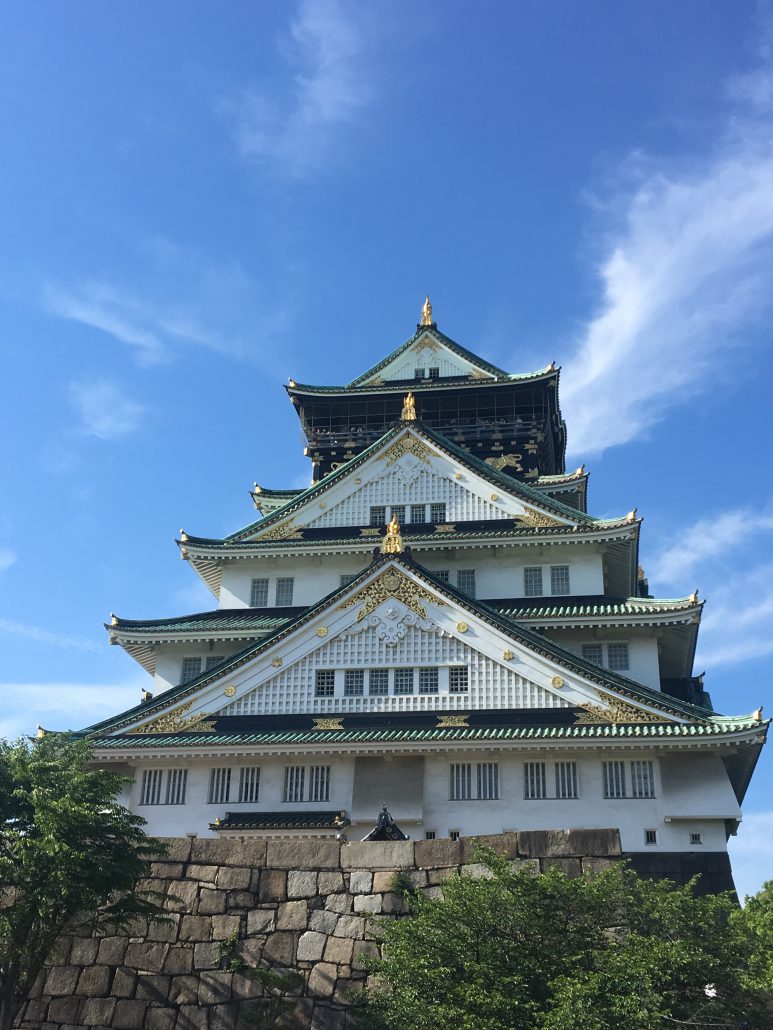
Mackenzie Lorkis studied in Kyoto, Japan in the Language & Culture, Doshisha Univ. Program – Spring 2018



